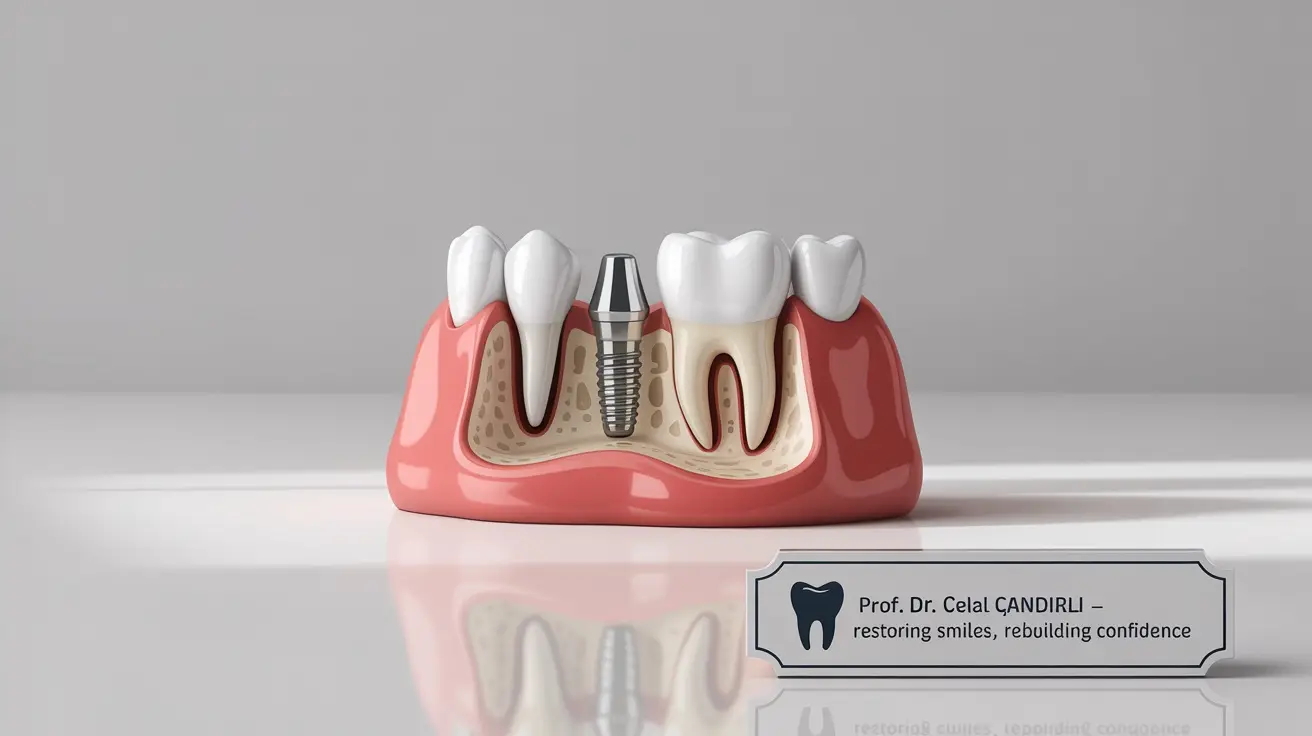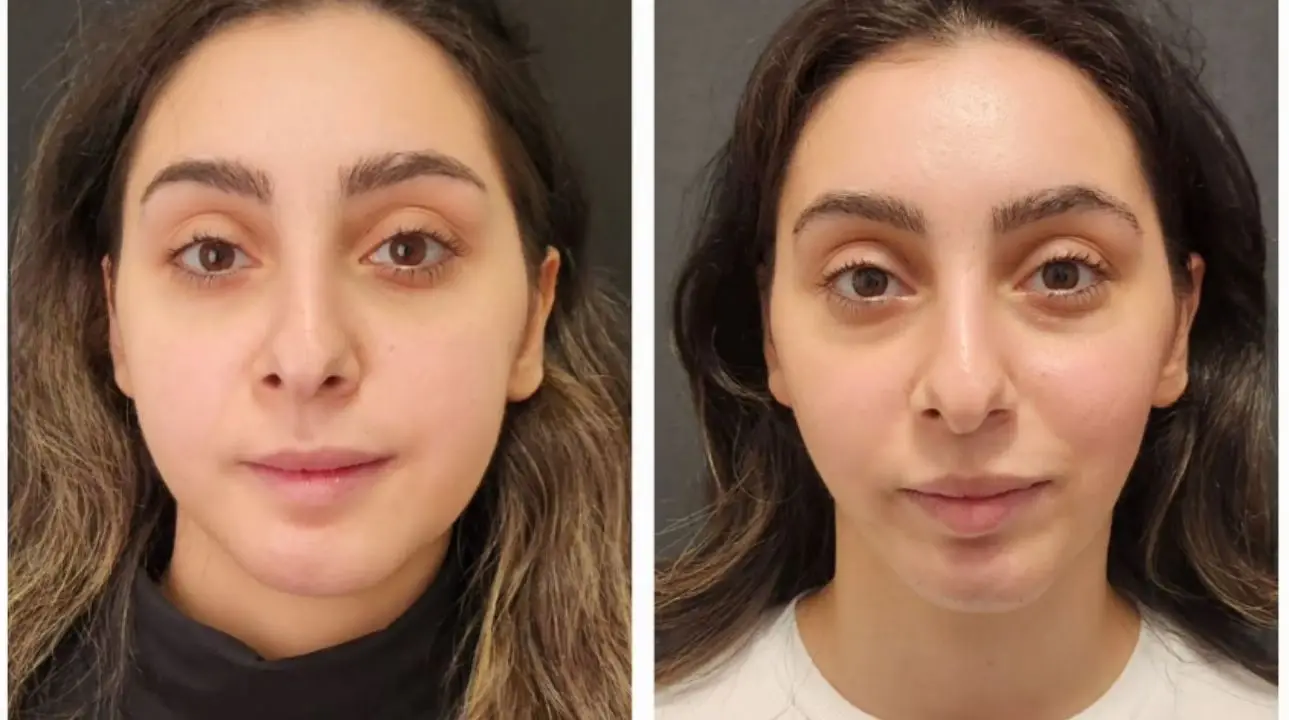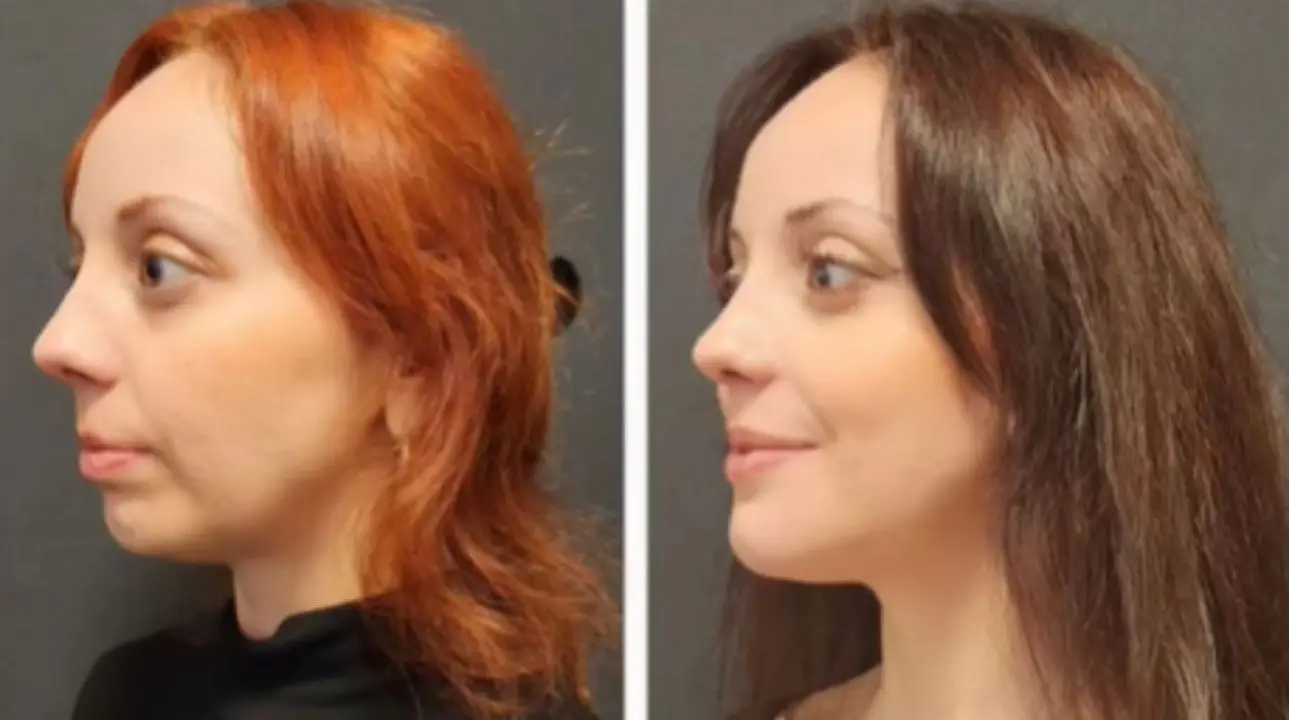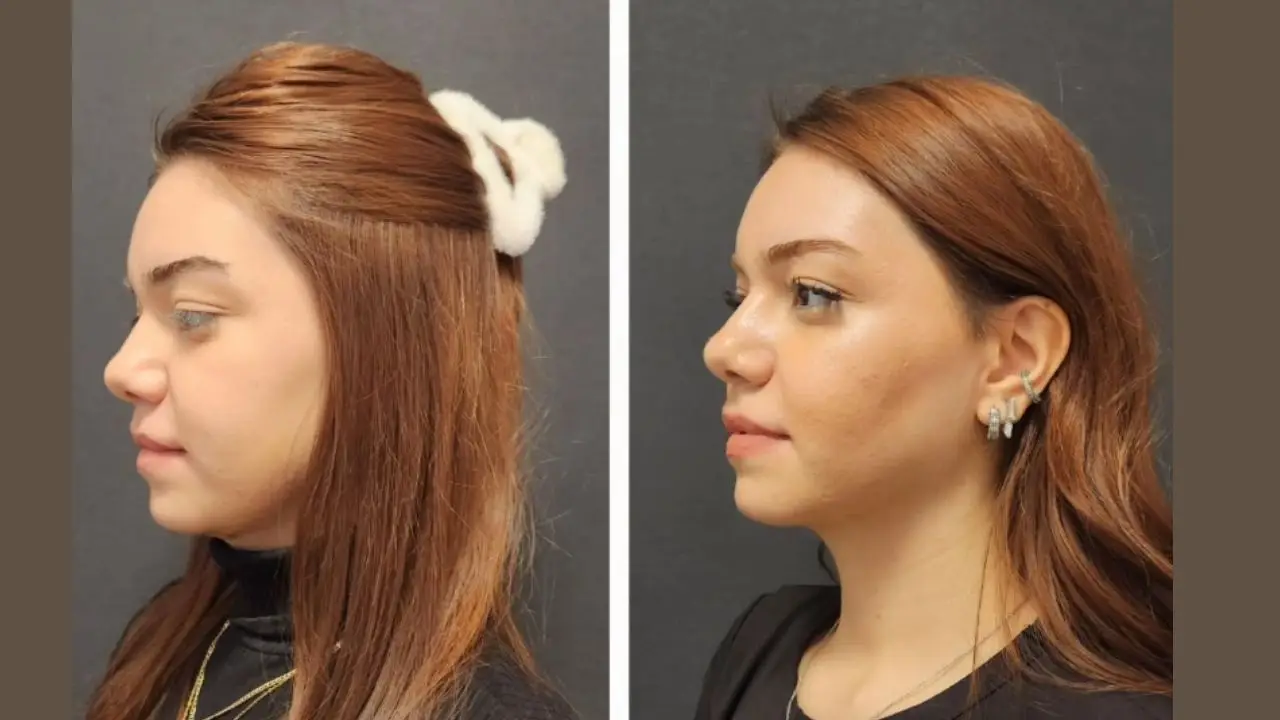What is an advanced dental implants for atrophic jaw? The jawbone naturally begins to shrink after tooth loss. This is also called as atrophy. It is a result of lack of stimulation at normal provided by tooth roots. After a long time this situation leads to some bad results such as; bone resorption, decreased bone density and volume, collapsed facial structure, and challenges with denture stability and implant placement.
In severe cases, there may be insufficient bone to support standard implants without extensive bone grafting. So, advanced dental implants for atrophic jaw provides a powerful support and healing for the people who need.
Tooth loss is a common issue among people. That situation can dramatically impact both oral function and self-confidence of them. For many people who have dental problem, dental implants have revolutionized the way we restore missing teeth. But when significant jawbone lose that is also known as an atrophic jaw happens, conventional implant solutions often may not be enough.
Here you will find the all the details about advanced dental implants for atrophic jaw.

What are the Necessary Points of Placing Implants in an Atrophic Jaw?
When we compare, traditional implants mostly require a certain amount of healthy bone to anchor in a succesful way. For the patients who has important bone loss, dentists often concentrate on some topics like the difficulty of achieving primary implant stability, increased risk of implant failure, need for bone augmentation procedures.
These are all might be invasive, time consuming, and expensive. With the obvious advanced dental implants for atrophic jaw, there are many people who gain their dental health and self-confidence again.
What are the Recent Innovative Solutions in Advanced Dental Implants for Atrophic Jaw?
Even in severely atrophic jaws, with advanced dental implants for atrophic jaw, have many recent innovations about the way for successful implant placement. There are some of the most important and useful techniques including such as; zygomatic implants, pterygoid implants, short and ultrashort implants, subperiosteal implants, bone regeneration techniques.
1. Zygomatic Implants
|
They are ideal for patients who have extreme bone loss in the upper jaw . They can easily eliminate the need for bone grafting in many cases. These long implants anchor into the zygomatic (which is also known cheek) bone rather than the maxilla.
|
2. Pterygoid Implants
|
They are inserted into the pterygoid region behind the maxilla. These implants provide posterior support without sinus lifting or grafting. It is particularly useful in full-arch reconstructions.
|
3. Short and Ultrashort Implants
|
These specially designed implants allow for placement in minimal bone height and width. Improved surface technologies have enhanced their success rates in compromised sites.
|
4. Subperiosteal Implants
|
These are custom-fabricated frameworks that sit on top of the bone under the gum and are anchored without drilling into the bone.
|
5. Bone Regeneration Techniques
|
When implant placement cannot proceed without bone support, methods like guided bone regeneration (GBR), sinus lifts, and autogenous bone grafts remain viable and are now more predictable thanks to biomaterials and growth factors.
|
Thankfully, advanced dental implants for atrophic jaw is offering renewed hope for patients once they are deemed unsuitable for implants. Modern digital tools are transforming treatment planning and execution:
- 3D Imaging and CBCT Scans: These allow precise assessment of bone quality and volume.
- CAD/CAM Technology: Improved technology enables the fabrication of patient-specific implants and surgical guides.
- Virtual Surgical Planning: Thid enhances accuracy and reduces operative time.
What are the Patient Outcomes and Considerations?
With the advancements in advanced dental implants for atrophic jaw, patients with atrophic jaws can have some important and necessary experiences such as; stable, fixed prosthetic options, improved oral function and aesthetics, reduced need for extensive surgeries, faster recovery times in many cases.
However, in the field of advanced dental implants for atrophic jaw with the careful case selection pf specialist expertise, and thorough their Professional diagnostic work-ups, it is essential to ensure long-term success.
Restoring Your Smiles Against the Odds with Advanced Dental Implants for Atrophic Jaw
To sum up, advanced dental implants for atrophic jaw not only replace your teeth, but also restore your quality of life. In the past, what was once considered by people is that there is a barrier to implant dentistry. But now, it is a challenge that has a possiblity to be met with innovation, precision, and experience.
If a person has been told he/she is not a candidate for dental implants due to bone loss, it will be a good idea to seek a second opinion from a specialist trained in advanced dental implants for atrophic jaw. You can visit or reach to our clinic to have qualified feedback about your dental health.
Frequently Asked Questions (FAQ)
1. What Causes an Atrophic Jaw?
An atrophic jaw results from bone resorption. It is a natural process where the jawbone shrinks over time. I happens especially after tooth loss. Other factors can be periodontal disease, trauma, and long-term denture wear without proper bone stimulation.
2. Can I Still Get Dental Implants if I Have Severe Bone Loss?
Yes, of course! Thanks to advanced techniques like zygomatic and pterygoid implants, even patients with severe bone loss can receive dental implants. The innovations, including 3D imaging in advanced dental implants for atrophic jaw, helps determine the best approach for your condition.
3. How Long Does Recovery Take for Advanced Implant Procedures?
It can different for each one depending on the procedure. Zygomatic and pterygoid implants often allow for immediate or early loading of prosthetics. It means that patients can receive teeth faster.
4. Are These Advanced Implant Options More Expensive?
Advanced procedures typically involve more specialized planning, materials, and surgical expertis. As a result they may cost more than conventional implants. But, it is better to think that they can be more cost-effective and long-term. Because they reduce the need for multiple surgeries or denture maintenance.
5. Is Everyone a Candidate for These Advanced Techniques?
It changes for everyone. There are some important factors that specifies the candidates. These factors are overall health, sinus anatomy, oral hygiene, and habits like smoking will affect suitability. With a consultation done by an experienced implantologist or oral surgeon will be good for accurate diagnosis and treatment planning.







